Dhaka, July 18 (V7N) – The capital city of Dhaka and several districts across Bangladesh plunged into chaos on Thursday (July 18) as protesters—mostly students and members of the public—took to the streets in a nationwide shutdown demanding comprehensive reforms to the quota system. The protests turned deadly, leaving at least 31 people, including journalists and students, dead in one of the most violent days in recent political memory.
Uttara: Ground Zero of Violence
From 11 a.m., the Uttara area of the capital became a flashpoint as protesters blocked major roads to enforce the general strike. The situation escalated rapidly into violent confrontations between demonstrators and law enforcement agencies. Police used tear gas, rubber bullets, and sound grenades, while students retaliated with brickbats and stones.
A Jamuna Television broadcast captured a harrowing moment when a police vehicle ran over protesters, sparking nationwide outrage. At least eight people died in Uttara alone, including Mir Mahfuzur Rahman Maghad. Injured protesters were rushed to Uttara Modern Medical College Hospital and Kuwait-Bangladesh Friendship Hospital for treatment.
Clashes Across the Capital
-
In Mohakhali, protesters reportedly set fire to the Disaster Management Department and the Banani Bridge Building during intense clashes.
-
Mirpur-10 witnessed arson as angry protesters torched a police box and a bus, disrupting metro rail operations and forcing the closure of four stations.
-
In Dhanmondi, law enforcement clashed with students and Awami League activists. Farhan Faiyaz, a student of Residential Model College, was shot dead at Dhanmondi 27. Two journalists, including Mehdi Hasan of Dhaka Times, were also killed.
Pragati Sarani and Helicopter Fire
Students from four private universities, including BRAC University, staged protests on Pragati Sarani, chanting anti-quota slogans. The police reportedly opened indiscriminate fire on the BRAC University campus, resulting in numerous casualties.
In a shocking development, law enforcement personnel were seen firing tear gas and sound grenades from helicopters and later retreating in RAB helicopters as protesters resisted.
Nationwide Breakdown and Government Response
By noon, rail communication between Dhaka and most districts was suspended, and internet services were shut down nationwide at 9 p.m., effectively isolating the capital.
By dawn on Friday (July 19), areas like Jatrabari and Shanir Akhra remained eerily quiet under heavy security. The government deployed 229 platoons of Border Guard Bangladesh (BGB) across the country in a desperate bid to restore order.
Meanwhile, students vandalized and set fire to parts of the Bangladesh Television (BTV) headquarters in protest.
Government Reaction and Protesters’ Rejection
In response to the escalating crisis, Law Minister Anisul Haque held an emergency press conference announcing that the government was "willing to sit for discussions on quota reform."
However, protesters rejected the proposal. Hasnat Abdullah, a coordinator of the anti-discrimination movement, said:
"You cannot hold talks with blood on your hands."
Nahid Islam, another student leader, echoed:
"There will be no dialogue over the blood of martyrs."
Political Discord and International Concern
The BNP and Awami League issued conflicting statements about the day's events, adding to political tensions. The US Embassy in Dhaka issued a travel advisory, warning American citizens to avoid protest-prone areas.
Nationwide Unrest and Death Toll
The unrest spread rapidly beyond Dhaka. Fatalities were reported in Narsingdi, Chattogram, Savar, Madaripur, Rangpur, and Sylhet. According to Bangladesh Sangbad Sangstha (BSS), at least 31 people lost their lives across the country, including students, journalists, and civilians.
END/RH/AJ



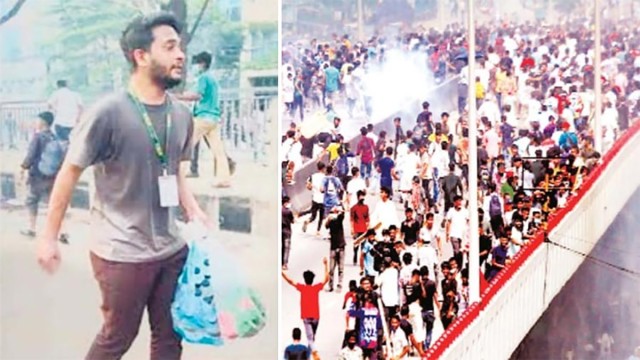
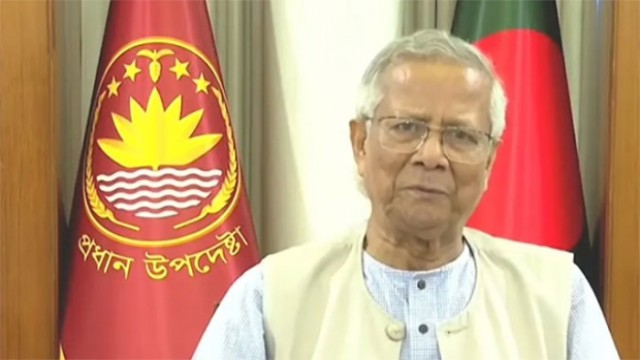
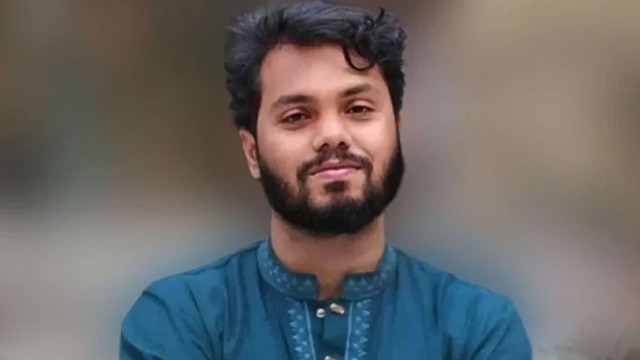
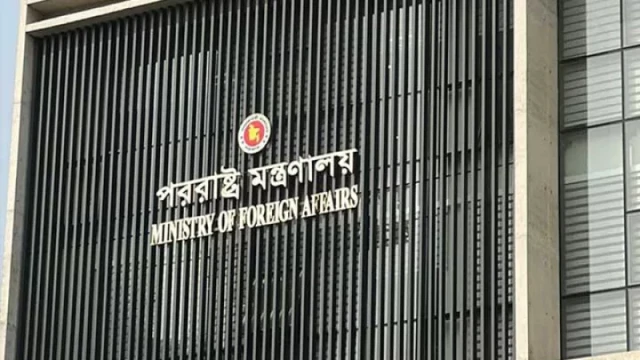
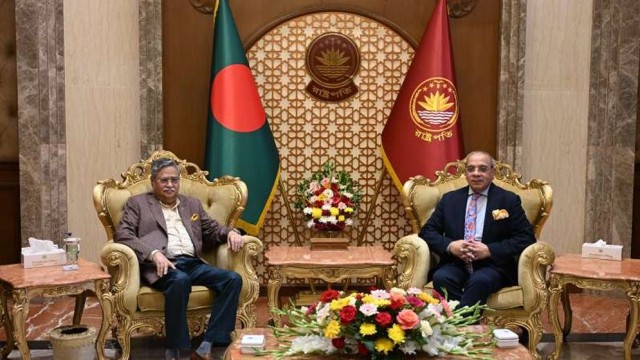
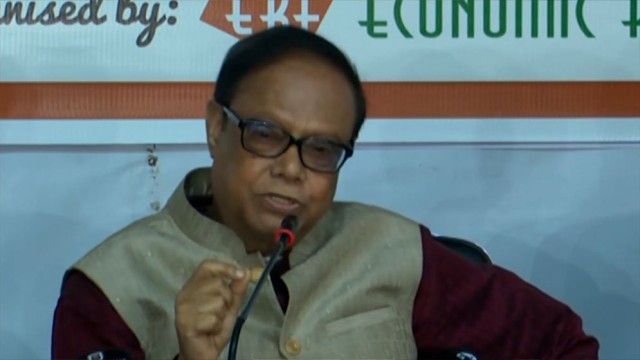
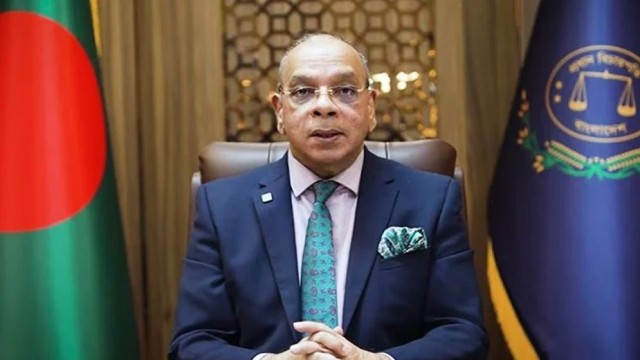
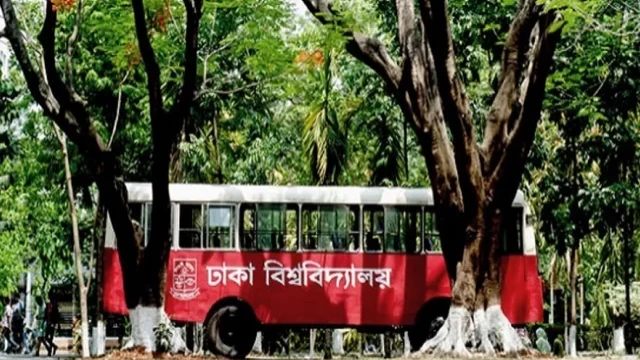
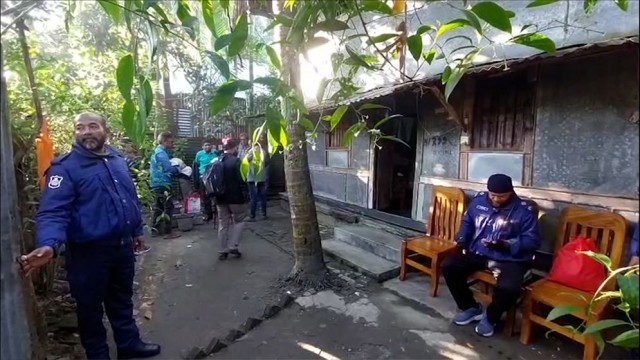
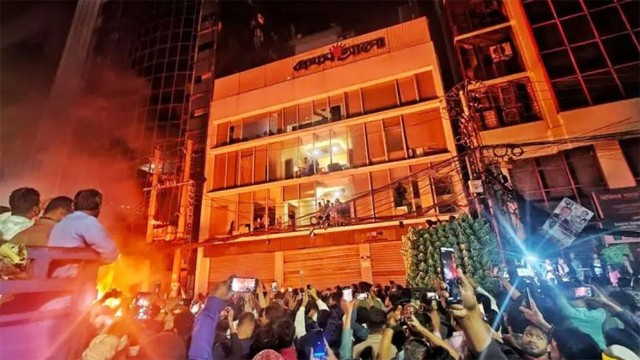

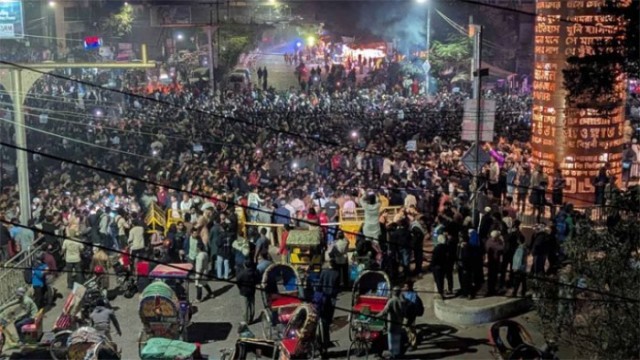
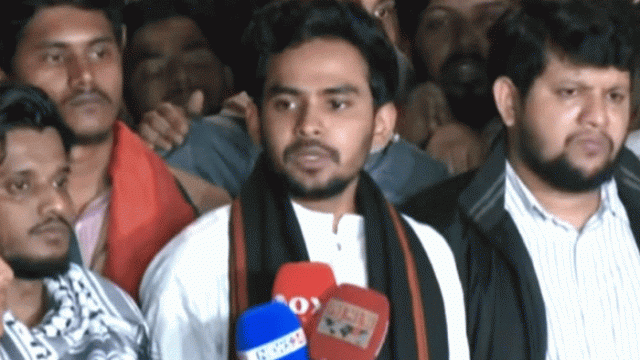
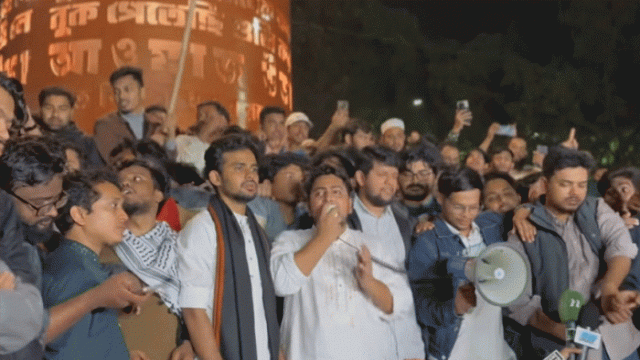
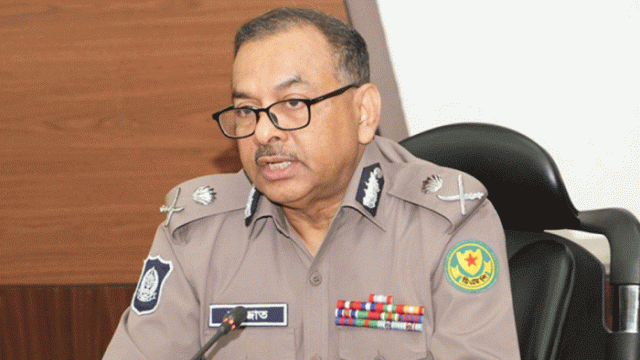
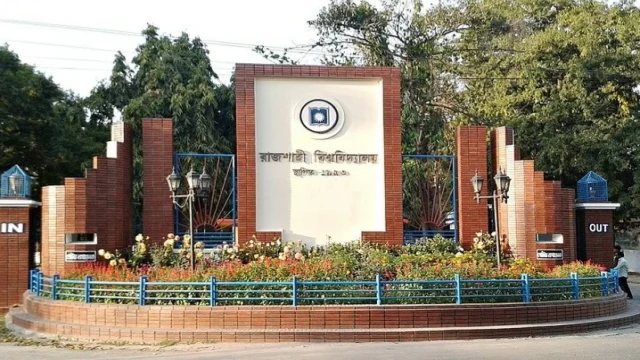
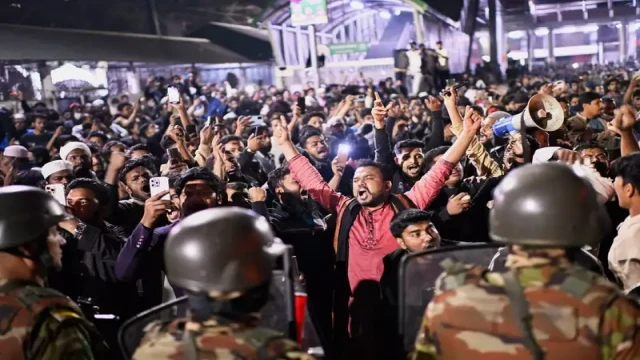

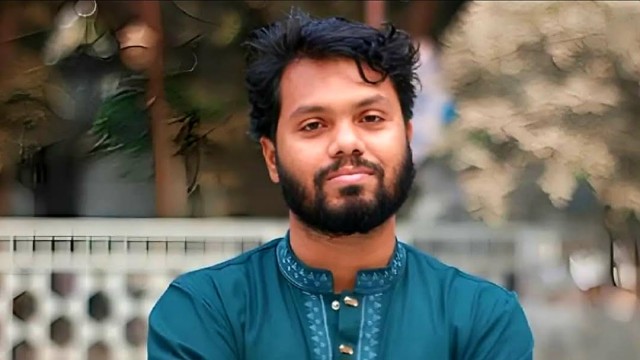
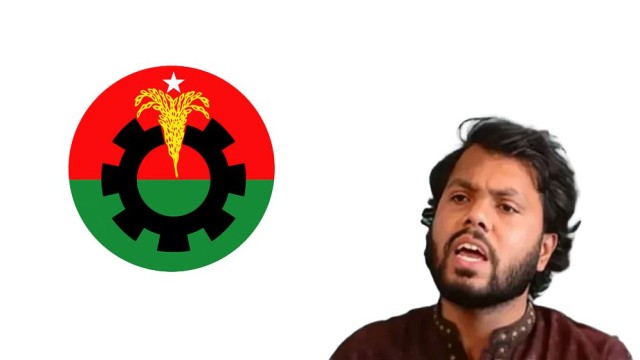
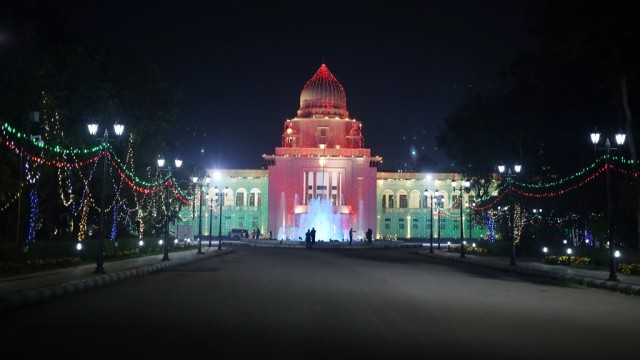

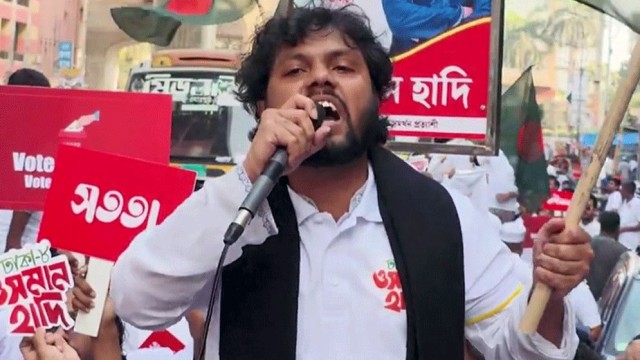
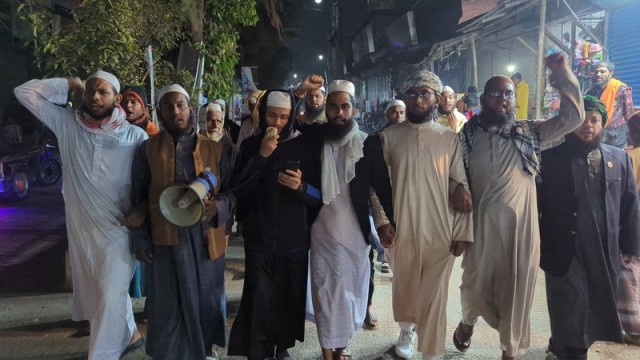
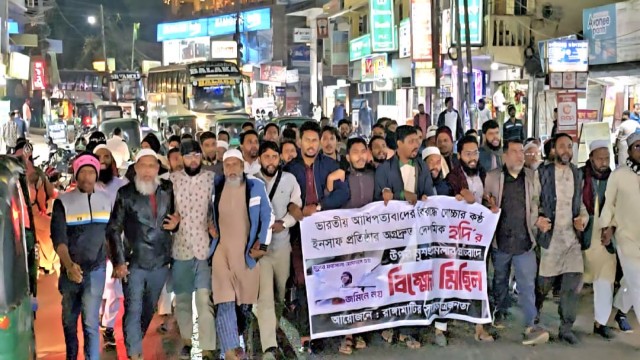
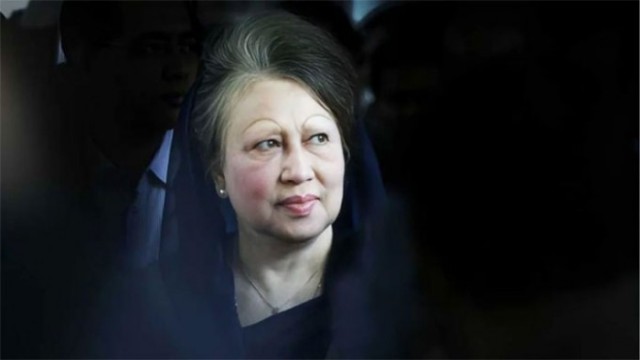
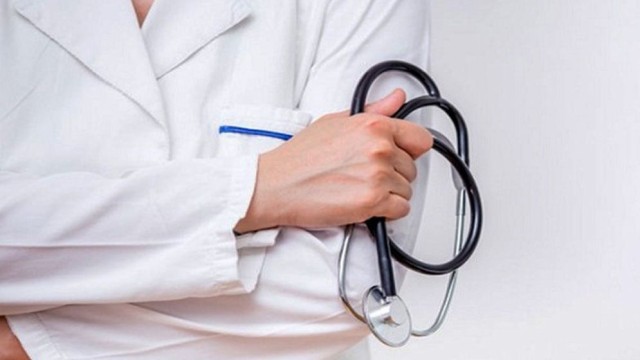
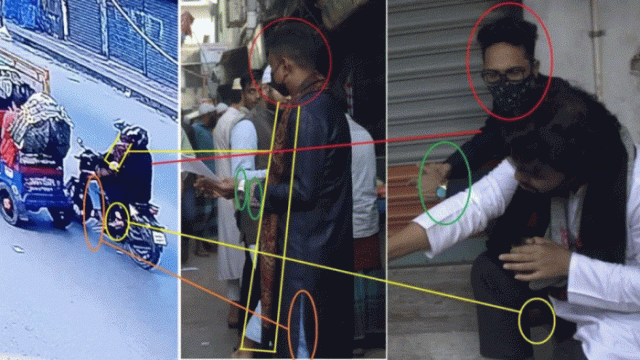
Comment: